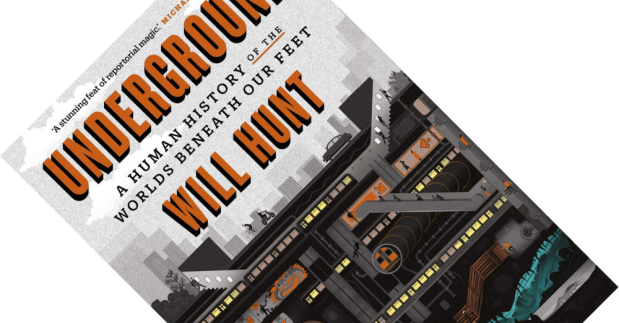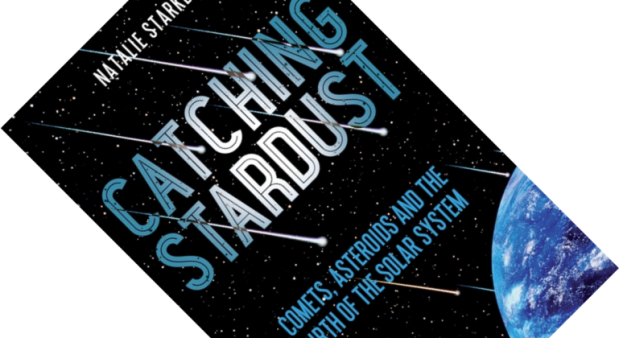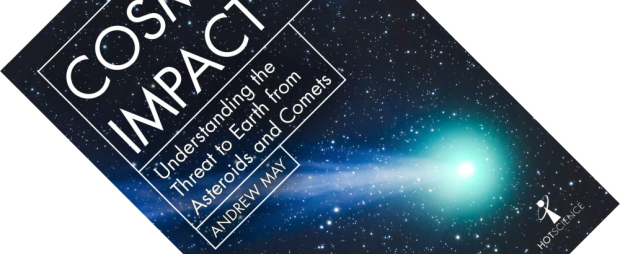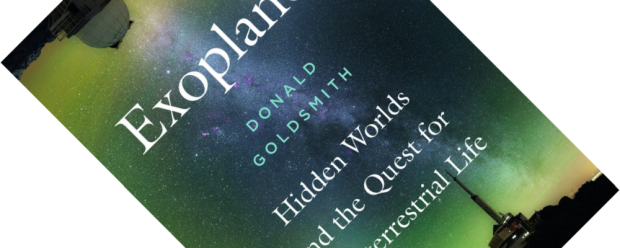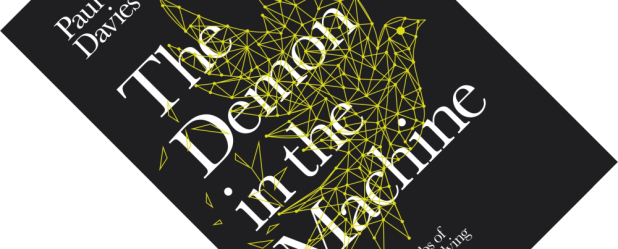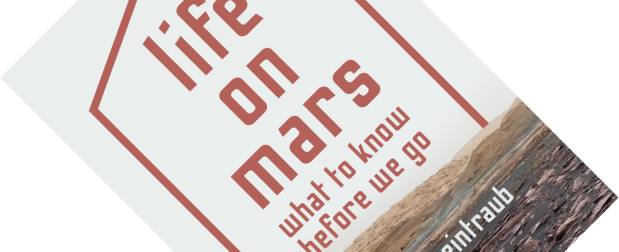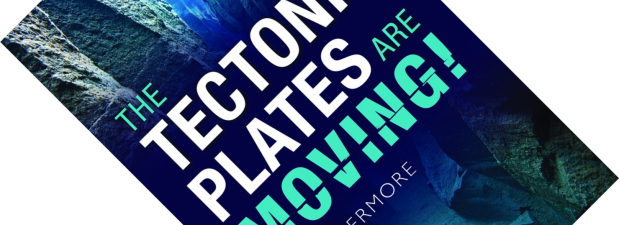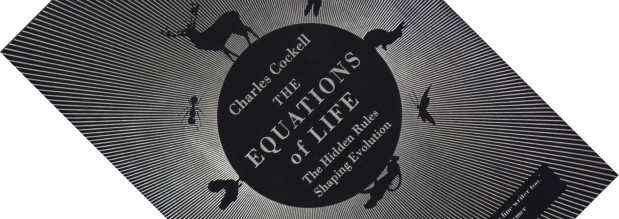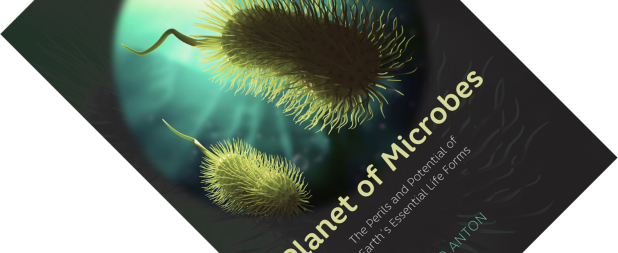Underground spaces exert a strong pull on the imagination of most people, although for some this morphs into a fascination bordering on the obsessive. American author Will Hunt is one such person, part of a worldwide community of urban explorers who infiltrate into “the city’s obscure layers”. Though this encompasses more than underground spaces, they are a big part of it, and this book is Hunt’s story of how he fell in love with them. It is one of two big books published only five months apart on the subterranean realm, and I previously reviewed Robert Macfarlane’s Underland: A Deep Time Journey. Here I will turn my attention to Underground.
exobiology
Book review – Catching Stardust: Comets, Asteroids and the Birth of the Solar System
Asteroids and comets have a bad reputation. Looking back over the books I have reviewed, they usually come up in the context of impact and destruction. But there are other important reasons to study them and geologist and cosmochemist Natalie Starkey here steps up as their enthusiastic spokeswoman. Whether as frozen time capsules, possible vehicles dispersing the basic chemicals required for life, or even future mining quarries, Catching Stardust champions the importance of scientific research on these celestial objects.
Book review – Cosmic Impact: Understanding the Threat to Earth from Asteroids and Comets
The idea of an asteroid or comet impacting with planet Earth and causing a catastrophe for mankind has long been given a cold shoulder in scientific circles. But with the notion that the dinosaurs met their fate at the hand of a rather large space rock it does not seem so outlandish anymore. NASA has started monitoring near-earth objects, but is there really something we could do if one was heading our way? Astrophysicist and science writer Andrew May provides a delightful little primer on these questions with Cosmic Impact, injecting this oft-hyped topic with a healthy dose of realism.
Book review – Exoplanets: Hidden Worlds and the Quest for Extraterrestrial Life
Humans have been gazing at the stars since times immemorial. Once we understood what stars were, and that our planet together with others circled one such star, it was only a small step to think that there must be other planets outside of our Solar System. But only in the last 25 years have we been able to start finding these so-called exoplanets. Astronomer Donald Goldsmith here promises, and delivers, an introduction that even an astronomy novice such as myself could understand and thoroughly enjoy.
Book review – The Demon in the Machine: How Hidden Webs of Information Are Finally Solving the Mystery of Life
So, quick question for you. What is life?
Sorry, that’s a trick question, for the answer to this is anything but quick. The mind-boggling complexity that is life, even something as “simple” as a bacterium, somehow arises from atoms and molecules. And yet, physics and chemistry as we currently know it seem incapable of answering how life’s complexity emerges from its constituent parts. With The Demon in the Machine, well-known physicist and cosmologist Paul Davies takes a stab at it, saying we are on the verge of a breakthrough.
Book review – Life on Mars: What to Know Before We Go
Our planetary neighbour Mars has long fascinated us, and the idea of there being Martian life holds a strong grip on our collective imagination. NASA and others are becoming serious about sending people to Mars. Before we do so, astronomy professor David Weintraub would like to give you this readable history of our fascination with the Red Planet and the research that tries to answer the question: is there life on Mars? (Admit it, you were crooning that David Bowie song there).
Book review – The Tectonic Plates are Moving!
What has plate tectonics ever done for us? Not having studied geology, I have a basic understanding of the movement of earth’s continents, but this book made me appreciate just how much of current geology it underpins. Marine geophysicist Roy Livermore, who retired from the British Antarctic Survey in 2006 after a 20-year career, convincingly shows here that the discovery and acceptance of plate tectonics was a turning point in geology, on par with Darwin’s formulation of evolution by natural selection. To paraphrase evolutionary biologist Theodosius Dobzhansky: nothing in geology makes sense except in the light of plate tectonics.
Book review – The Equations of Life: The Hidden Rules Shaping Evolution
Starting your book blurb by asking why gazelles have legs rather than wheels is a suitably out-there question to immediately grab a reader’s attention. A more pertinent question then; why is all life based on carbon rather than silicon? In The Equations of Life, Charles Cockell takes the reader on a giddy tour down the organisational hierarchy of life – from sociobiology to subatomic particles – to show that nature is far more predictable and understandable than it might appear at first blush. His eloquent answer to above and other why questions? “Because physics is life’s silent commander”.
Book review – Planet of Microbes: The Perils and Potential of Earth’s Essential Life Forms
What unites deep subterranean caves, hydrothermal vents in the deep sea, our guts, cloud formation, geochemical processes, and astrobiology (the search for life beyond our planet) to name but a few things? Microbes. The tiny, single-celled organisms that we cannot see with the naked eye are everywhere. With Planet of Microbes, Ted Anton makes the point that this world is really theirs, and takes the reader on a tour of the rapid increase in our understanding of their importance, focusing on three major subjects.

